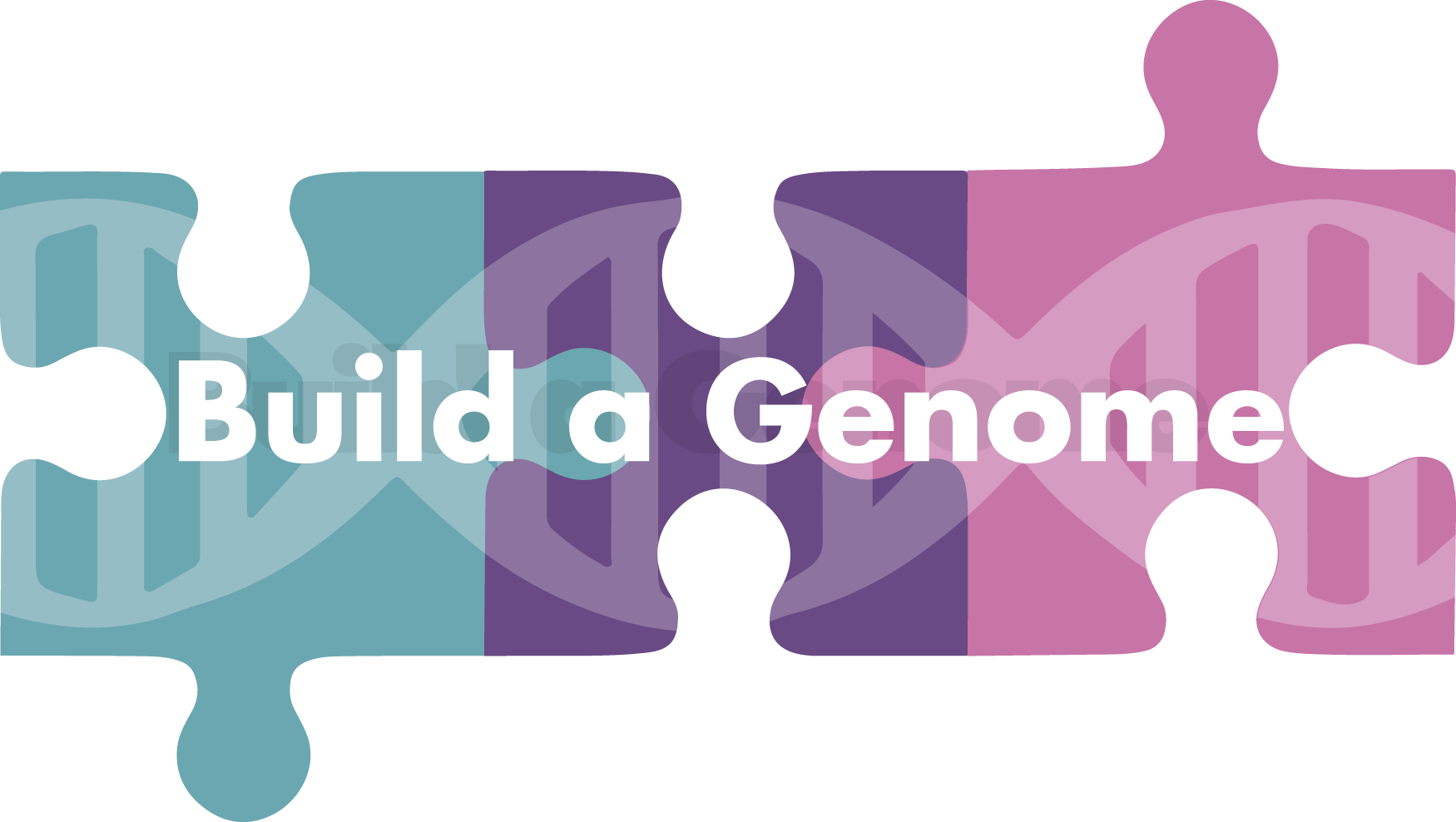Workflow 1: Synthesis of bacteriophage genomes.
This workflow may be of interest to the many faculty participating in the SEA-PHAGES project. Using a similar methodology to the one used to create the synthetic yeast genome, we are instead synthesizing phage genomes. There are many advantages of this "Build-a-Phage" course.
- The medical relevance is inherently interesting to students. Mycobacteriophages are a diverse group of viruses that infect bacteria in the Mycobacteria genus. While we are working with Mycobacterium smegmatis, a harmless soil bacterium, the genus includes the human pathogen Mycobacterium tuberculosis.
- There are many sequenced genomes that can serve as the basis for genome synthesis. Mycobacteriophages have been isolated and sequenced through the University of Pittsburgh’s PHIRE and HHMI’s SEA-Phages programs. Little is known about the function of many genes or the genome organization.
- It decentralizes the process of genome synthesis since the genomes are relatively small (~50-70,000 bp); this potentially allows each institution to synthesize its own genome.
- Students in Build-a-Phage can participate in all aspects of the synthetic biology process (Design, Build, Test). Unlike the Build-a-(Yeast) Genome course, where students only assemble a genome, students in Build-a- Phage could design, build, and test whether a genome functions all within one semester or year.
Your students could edit and manipulate phage genomes to learn about genome structure and function!
Protocols for this workflow are available in our BAG Lab Manual.
Build-a-Phage Lab Manual
Version: 1.0
This is a lab manual for phage genome synthesis that includes both Building Block synthesis and Semi-synthetic assembly.

